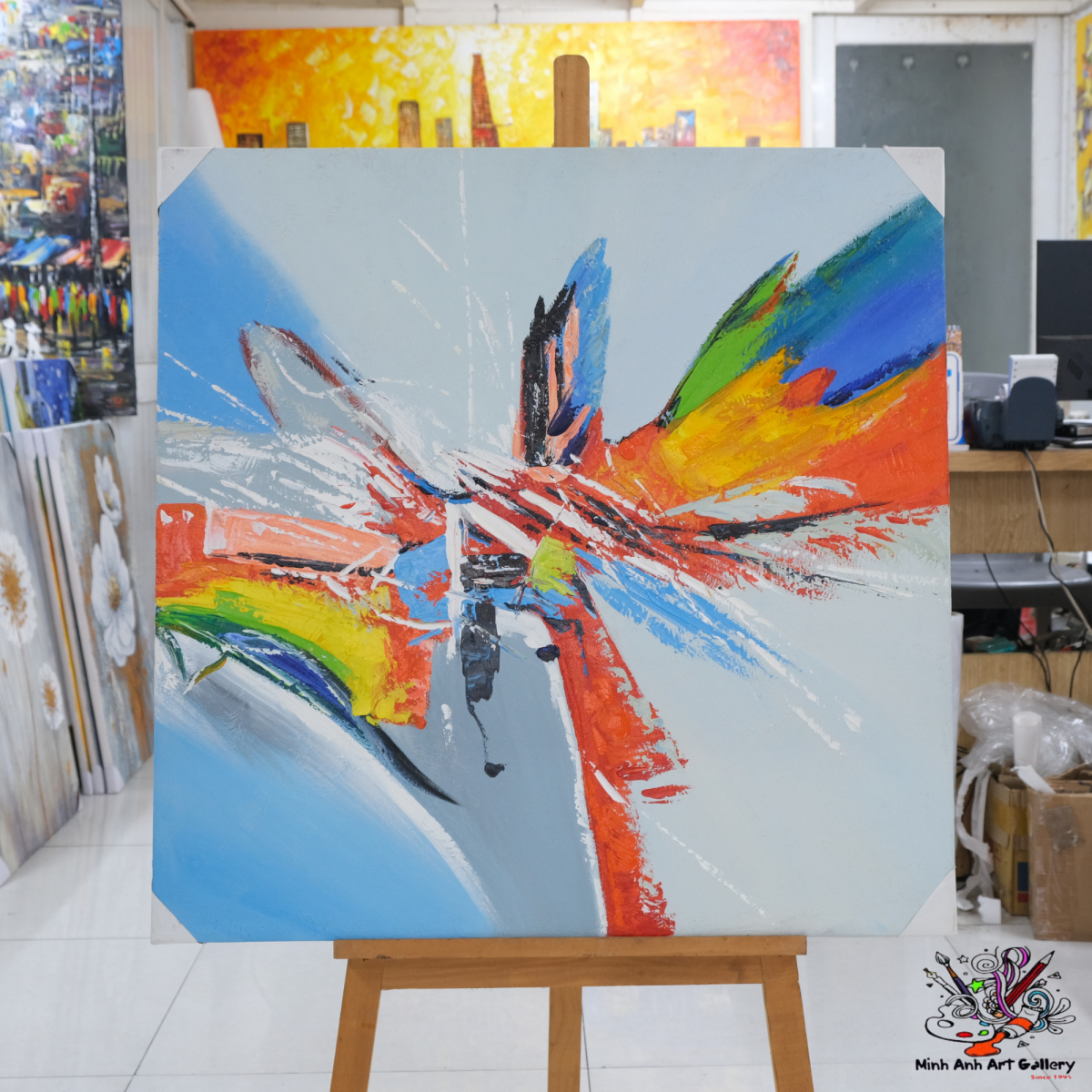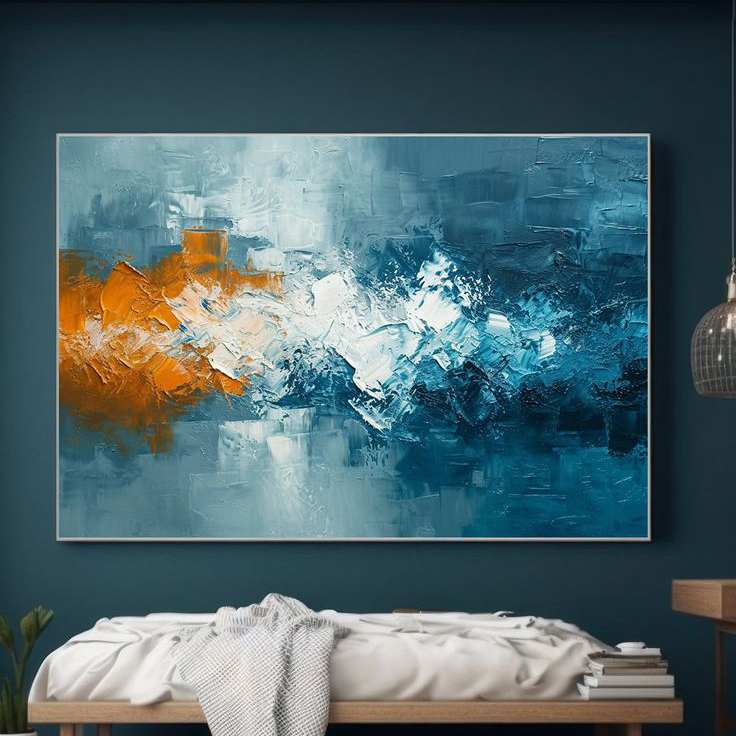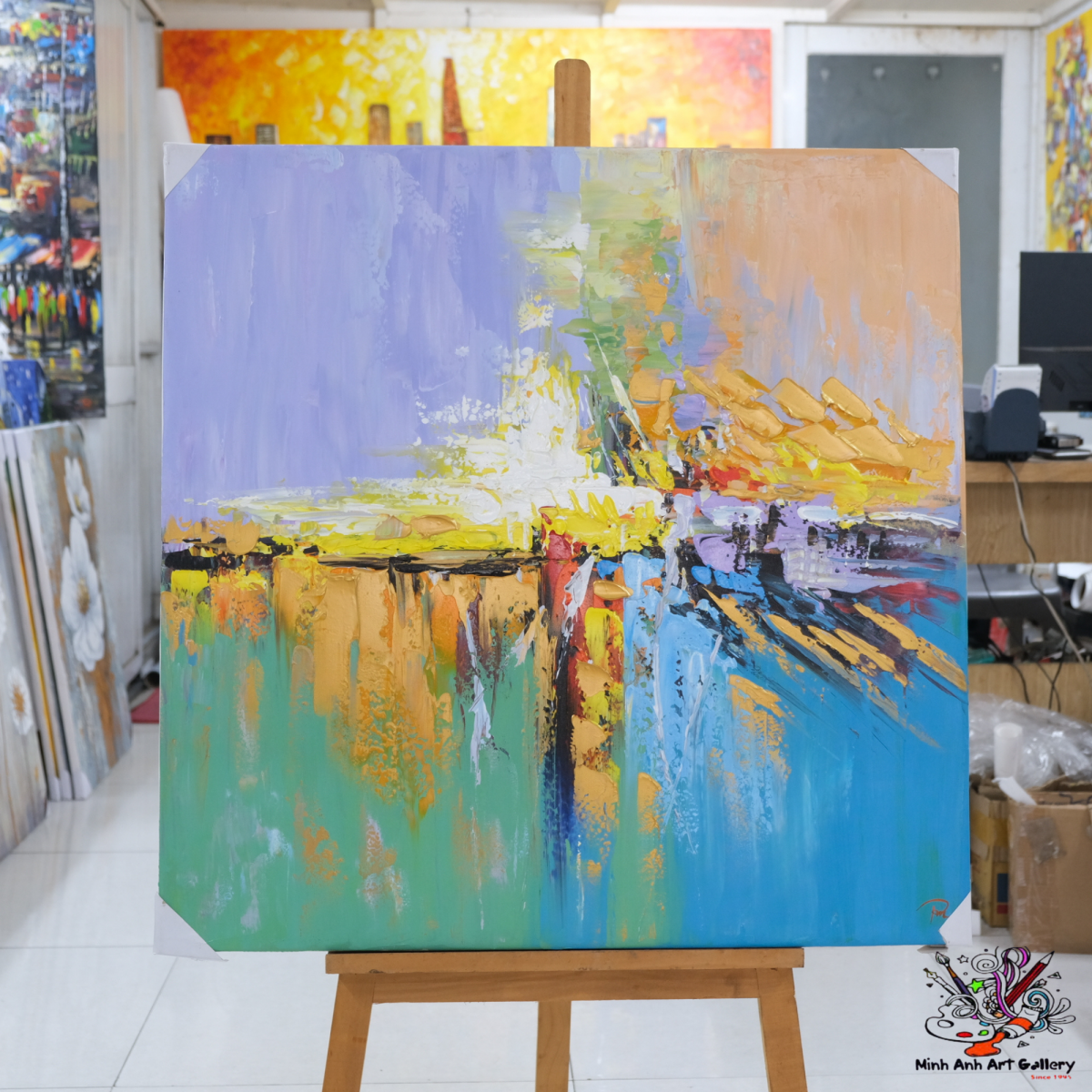What drives someone to collect a painting rather than a stamp or a vintage car? The answer lies deep within our emotions, identities, and innate desire to connect—with others, with the past, and with ourselves. A collection of art isn't just a gathering of objects—it's an emotional archive of personal stories and psychological expression.

Art moves us. A single stroke of color can tug at our hearts, and a surreal landscape can transport us to another realm. This emotional response is what makes an art collection gallery more than just a room with pretty things—it becomes a sanctuary for feelings.
Ever looked at a painting and felt a flood of memories? That’s nostalgia at play. Many people start collecting art because a piece reminds them of a childhood place, a moment in time, or someone they loved. Art acts as a time capsule, emotionally anchoring us in memories we don’t want to lose.
Collecting art isn’t random—it’s highly psychological.
What you collect reflects who you are. A modern art collection may suggest boldness and innovation. A traditional fine art collection might show reverence for history. Every piece tells a story, and together, they form a mirror of the collector’s soul.
Let’s face it—life is chaotic. For many collectors, organizing, categorizing, and curating their art offers a sense of control. It’s a world they can manage, one brushstroke at a time.
We’d be lying if we said ego plays no part. Owning pieces from famous art collections or showcasing them in private art galleries can boost social standing. In some circles, your art says more about you than your resume.

It’s not all about show. There are deep emotional perks to collecting.
Seeing a wall filled with your personal collection sparks joy. It’s your vision, made real. It’s a creative journey that’s constantly evolving.
Art is therapy. Whether you’ve had a rough day or are navigating a life crisis, a favorite piece can calm the storm. Collecting becomes an act of emotional healing.
Collectors often speak of their art as if it’s alive. That’s emotional investment. Each artwork becomes a companion—silent, yet deeply communicative.
Different kinds of art speak to different emotions.
Modern art collection allows freedom of interpretation. It breaks rules, challenges norms, and appeals to those who thrive on unpredictability and forward-thinking.
A curated art collection offers a coherent narrative. Each piece connects, weaving a story that satisfies the human need for meaning and coherence.
People are inspired by famous art collections not just because they’re valuable, but because they embody aspiration—the pursuit of beauty, rarity, and cultural legacy.
Where you view art matters.
Private art galleries create intimate environments where personal taste reigns. It’s where collectors feel safe to be emotionally vulnerable with their art.
In contrast, art gallery exhibitions offer shared emotional experiences. Viewers connect over a common piece, creating community through collective feeling.
The digital world has revolutionized collecting.
Believe it or not, emotional responses aren't limited to physical spaces. Digital platforms evoke real emotion. When you find a piece through an art collection online, you still feel the same thrill and connection.
Art collection online democratizes access. People who once felt excluded from the art world can now build their own collection from home. That alone brings a sense of pride and belonging.
Want to deepen the emotional bond with art? Start touring.
A contemporary art gallery often presents experimental works that challenge and excite the mind. The experience is raw, unfiltered—and utterly human.
Building a fine art collection is like crafting a legacy. It’s slow, intentional, and deeply personal. Every addition feels like a milestone.

At its core, collecting art is about emotion. It’s about feeling seen, heard, and connected. Whether you’re curating a bold modern art collection, quietly exploring art collection online, or admiring famous art collections, one thing’s certain: the pieces you choose become an emotional fingerprint of your life.
1. Why do people get emotionally attached to their art collections?
Because each piece reflects a memory, a feeling, or a part of their identity. It’s not just art—it’s personal history.
2. Can viewing art really influence our emotions that much?
Absolutely. Studies show that art can evoke emotions just like music or storytelling. It’s a universal language of feeling.
3. What’s the difference between collecting for emotion versus investment?
Emotional collectors seek connection and meaning; investors focus on future value. Some manage to balance both.
4. How do online platforms impact emotional connection with art?
They make discovering and connecting with art easier and more inclusive. While the medium changes, the emotion stays intact.
5. Is there a “right” way to build a curated art collection?
Not really. The best collections are personal. Follow what speaks to your heart—not just your wallet.
Message:
Minh Anh Art Gallery is proud to connect emotions through curated masterpieces. Visit us in Saigon or explore online at https://minhanhart.vn. Let art tell your story.